Optimal Timing for Commercial Painting
Commercial painting projects require careful consideration of timing to ensure quality and durability. The best time for such projects typically depends on climate conditions, project scope, and operational schedules. Proper timing can minimize disruptions and optimize paint adhesion and curing.
Ideal weather for commercial painting includes moderate temperatures and low humidity, which help paint dry evenly and adhere properly.
Spring and early fall often provide the most favorable conditions, avoiding extreme cold or heat that can affect paint performance.
Scheduling during off-peak hours or seasons minimizes disruptions to business activities and customer flow.
Allow ample time for surface preparation, which is crucial for long-lasting results and depends on weather conditions.
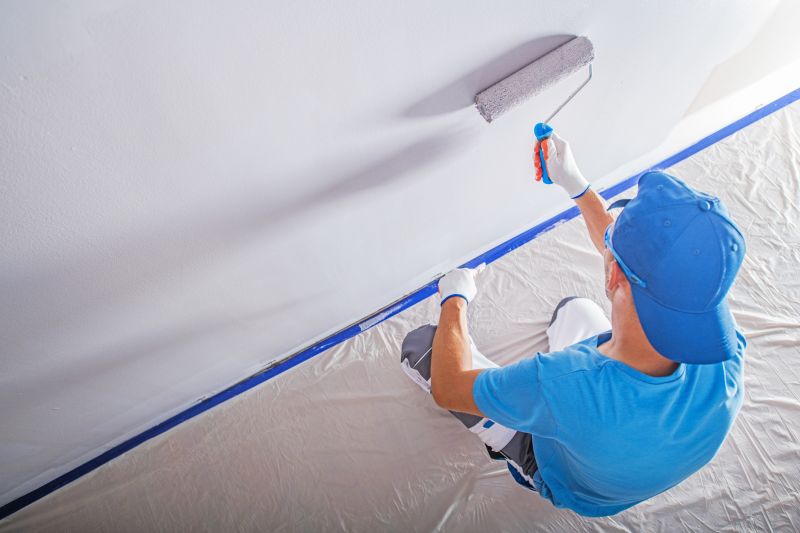
Ideal for moderate temperatures and low humidity, ensuring optimal paint application.
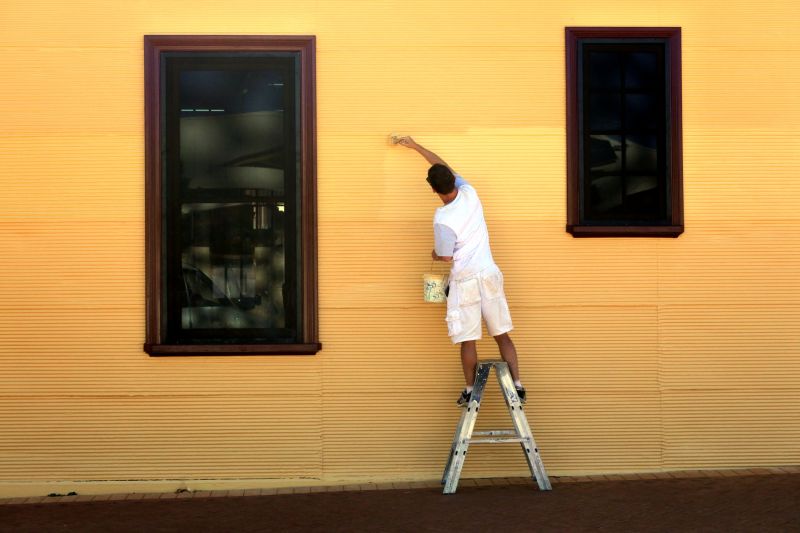
Longer daylight hours allow for extended working periods, but high temperatures require careful planning.
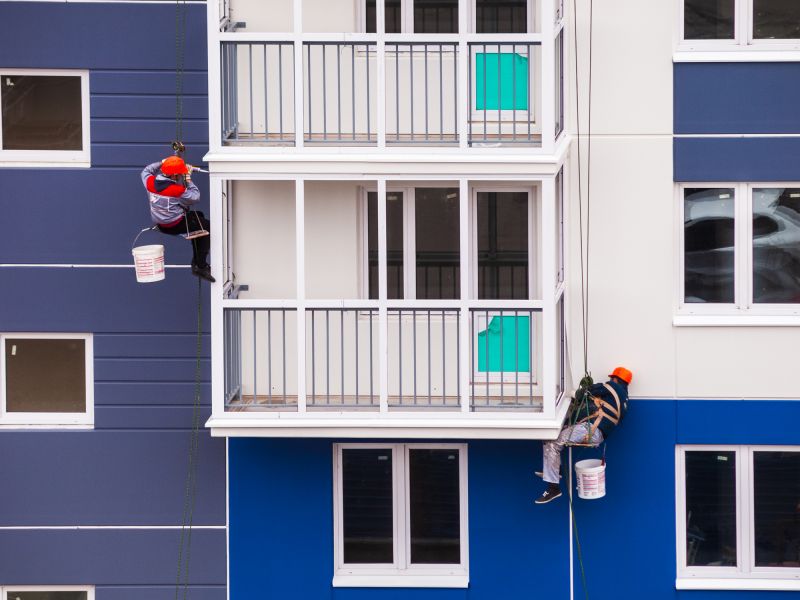
Cooler temperatures and dry weather support effective painting before winter.
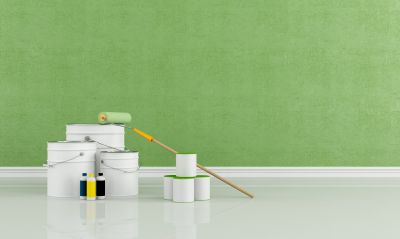
Ways to make Commercial Paintings work in tight or awkward layouts.
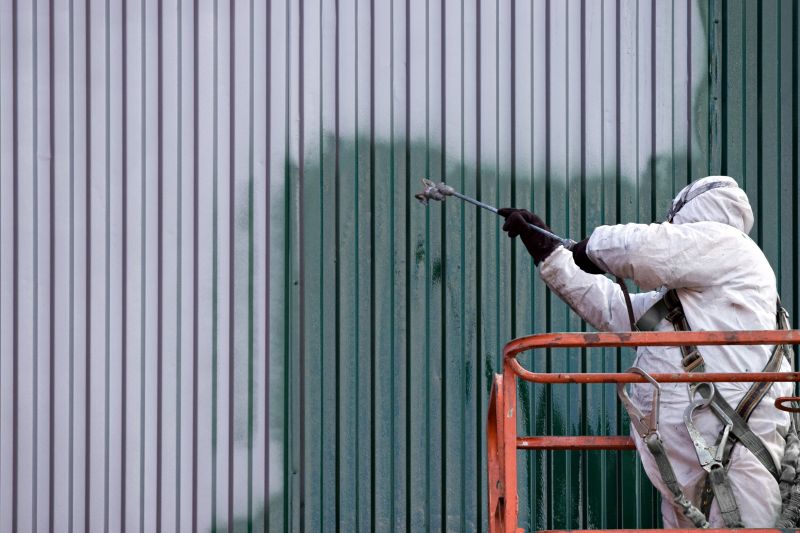
Popular materials for Commercial Paintings and why they hold up over time.
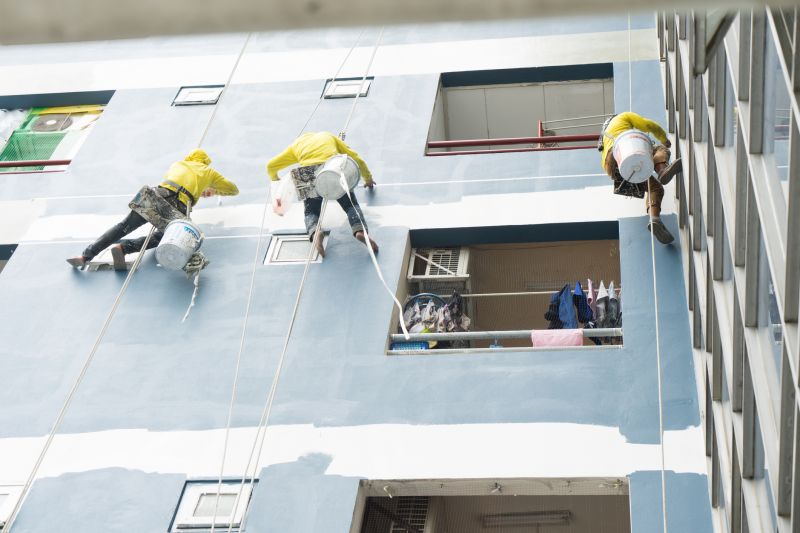
Simple add-ons that improve Commercial Paintings without blowing the budget.
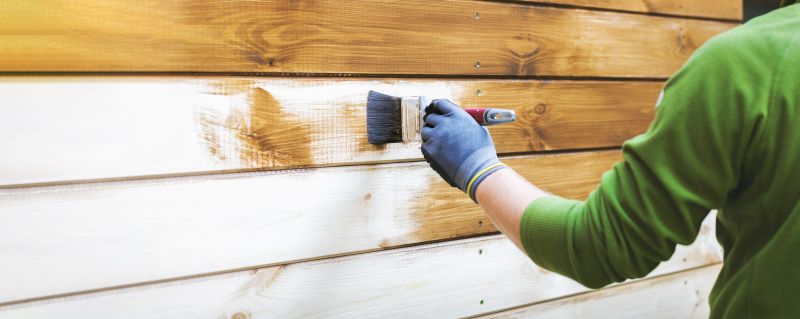
High-end options that actually feel worth it for Commercial Paintings.
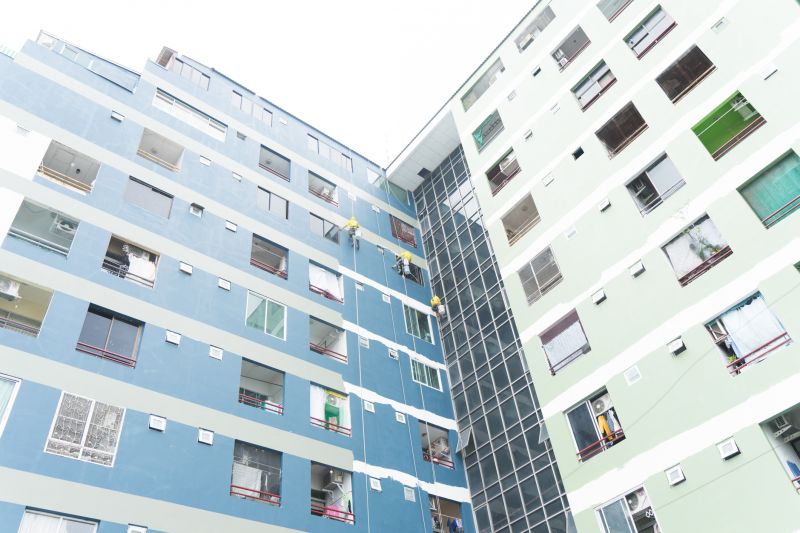
Finishes and colors that play nicely with Commercial Paintings.
| Season | Advantages |
|---|---|
| Spring | Moderate temperatures, low humidity, longer days |
| Summer | Extended daylight hours, faster project completion |
| Fall | Cooler weather, dry conditions, less humidity |
| Winter | Limited, due to cold temperatures and potential for moisture issues |
Commercial paintings involve applying protective and decorative coatings to buildings, facilities, and structures used for business purposes. These projects often encompass large surfaces, requiring specialized equipment and techniques to ensure uniform coverage and durability. Proper timing is essential to achieve high-quality results, prevent delays, and avoid rework. Weather plays a significant role, as moisture, temperature fluctuations, and wind can adversely affect the application process and the curing of paint. According to industry standards, scheduling during optimal weather windows reduces the risk of peeling, cracking, or uneven finishes, thereby extending the lifespan of the coatings.
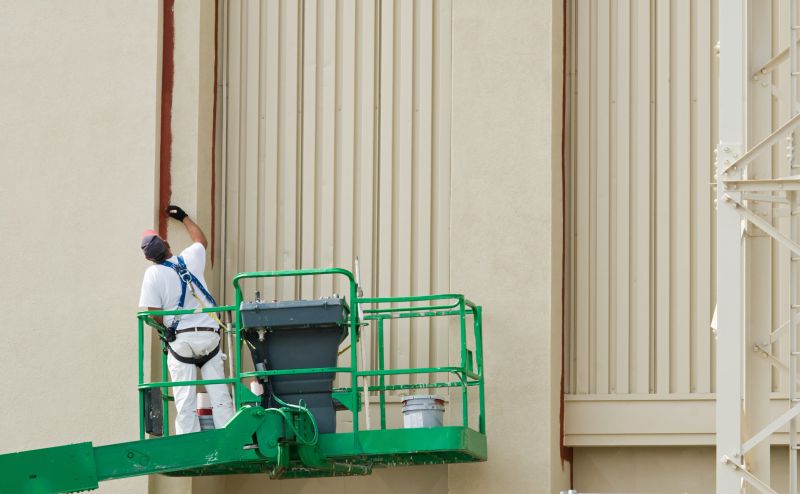
Skilled crews work efficiently during favorable weather conditions for high-quality results.
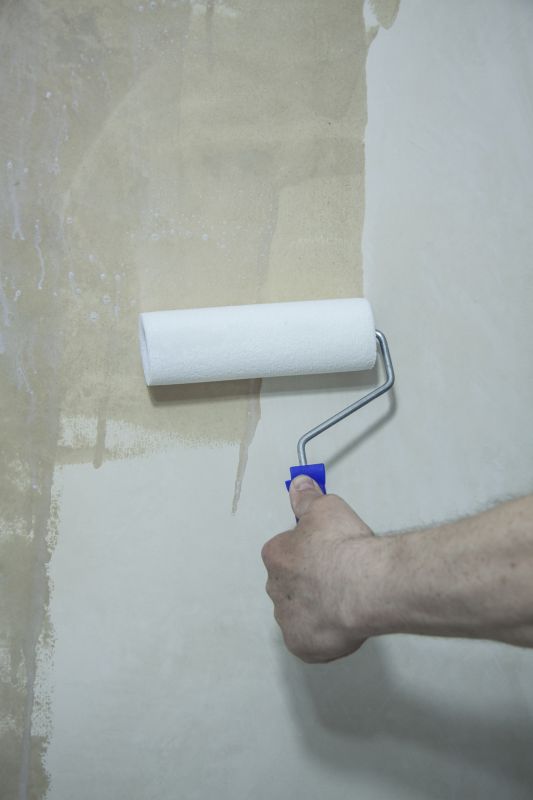
Thorough cleaning and priming are vital steps that depend on suitable weather conditions.
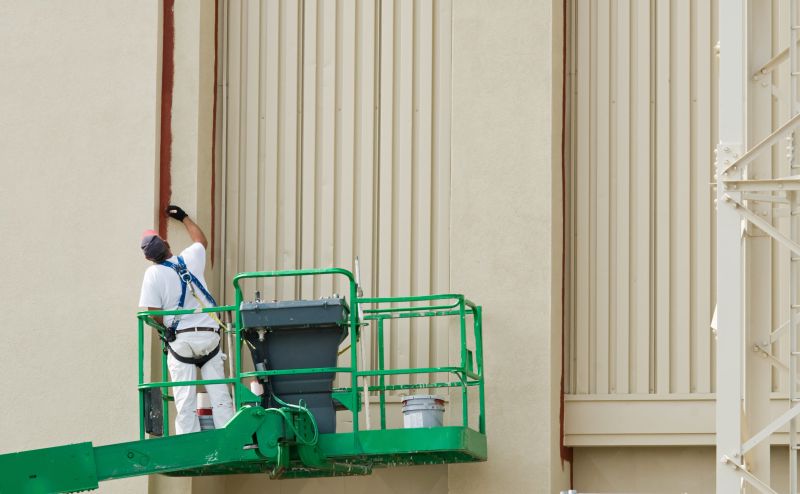
Advanced tools and scaffolding enable precise application during optimal seasons.

Proper timing results in smooth, durable finishes on commercial structures.
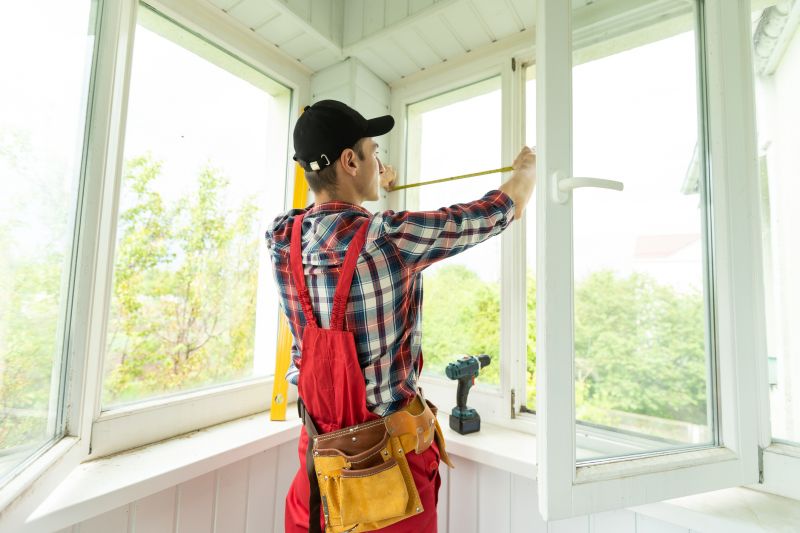
Little measurements that prevent headaches on Commercial Paintings day.
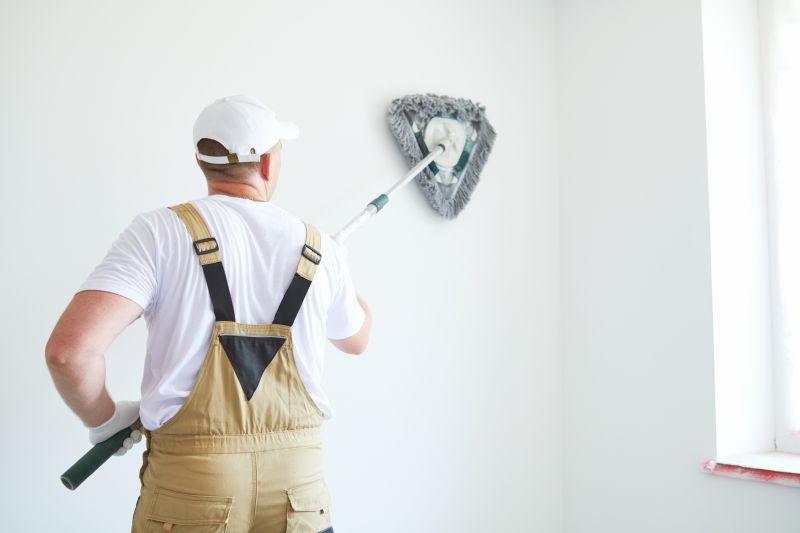
A 60-second routine that keeps Commercial Paintings looking new.

A frequent mistake in Commercial Paintings and how to dodge it.
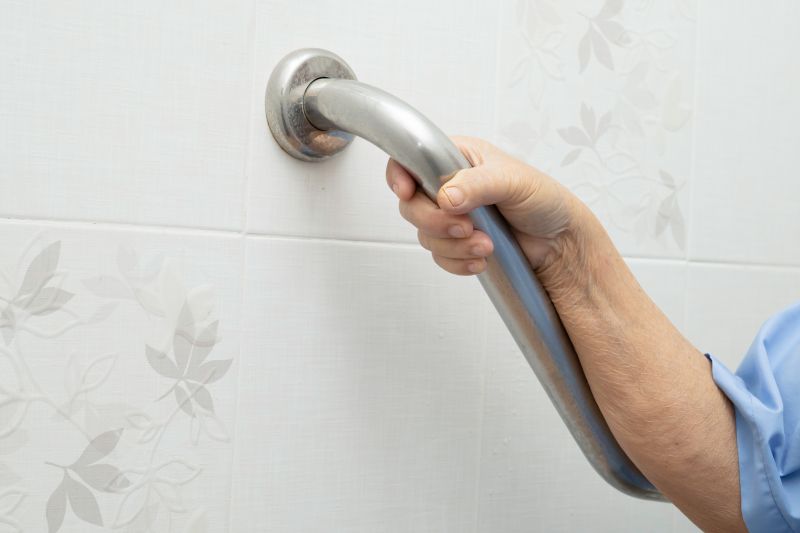
Small tweaks to make Commercial Paintings safer and easier to use.
Choosing the right time for commercial painting projects can significantly influence the longevity and appearance of the coatings. Planning around seasonal weather patterns and operational schedules ensures minimal disruption and maximizes the quality of the finish. Consulting with professional painters can help identify the most suitable windows for specific projects, considering local climate variations and building requirements.
Interested in scheduling or learning more about commercial painting options? Fill out the contact form to connect with professionals experienced in commercial projects.

